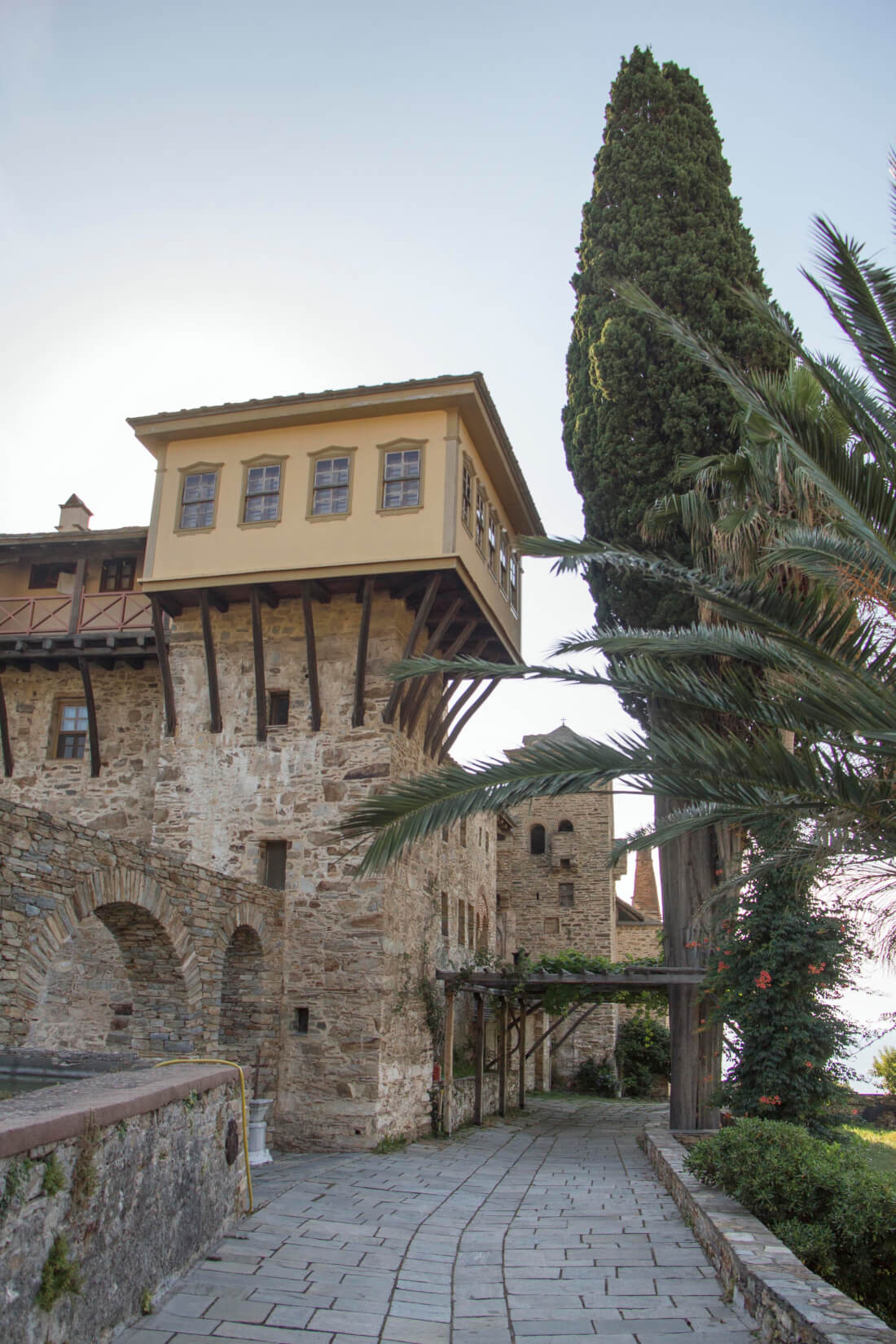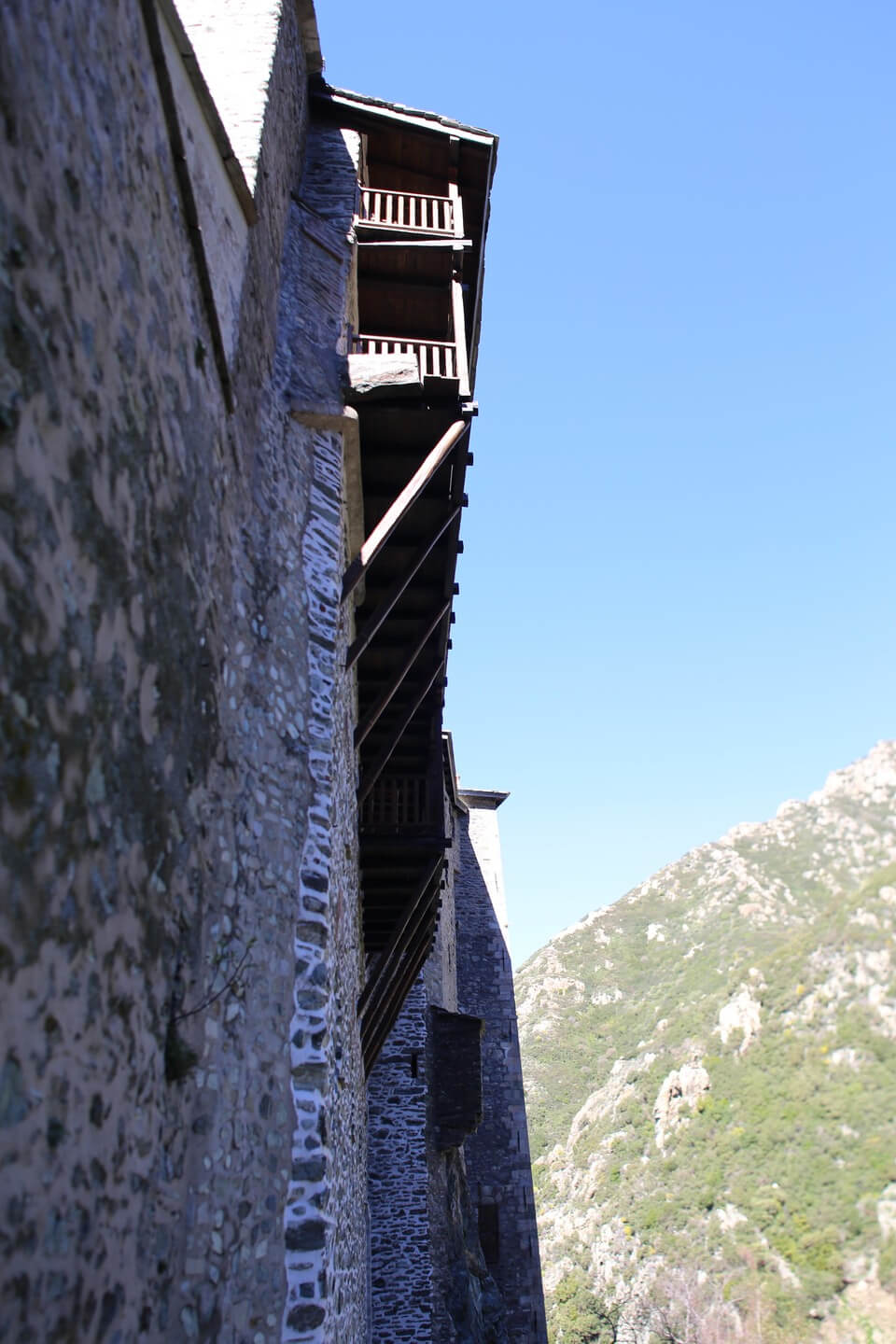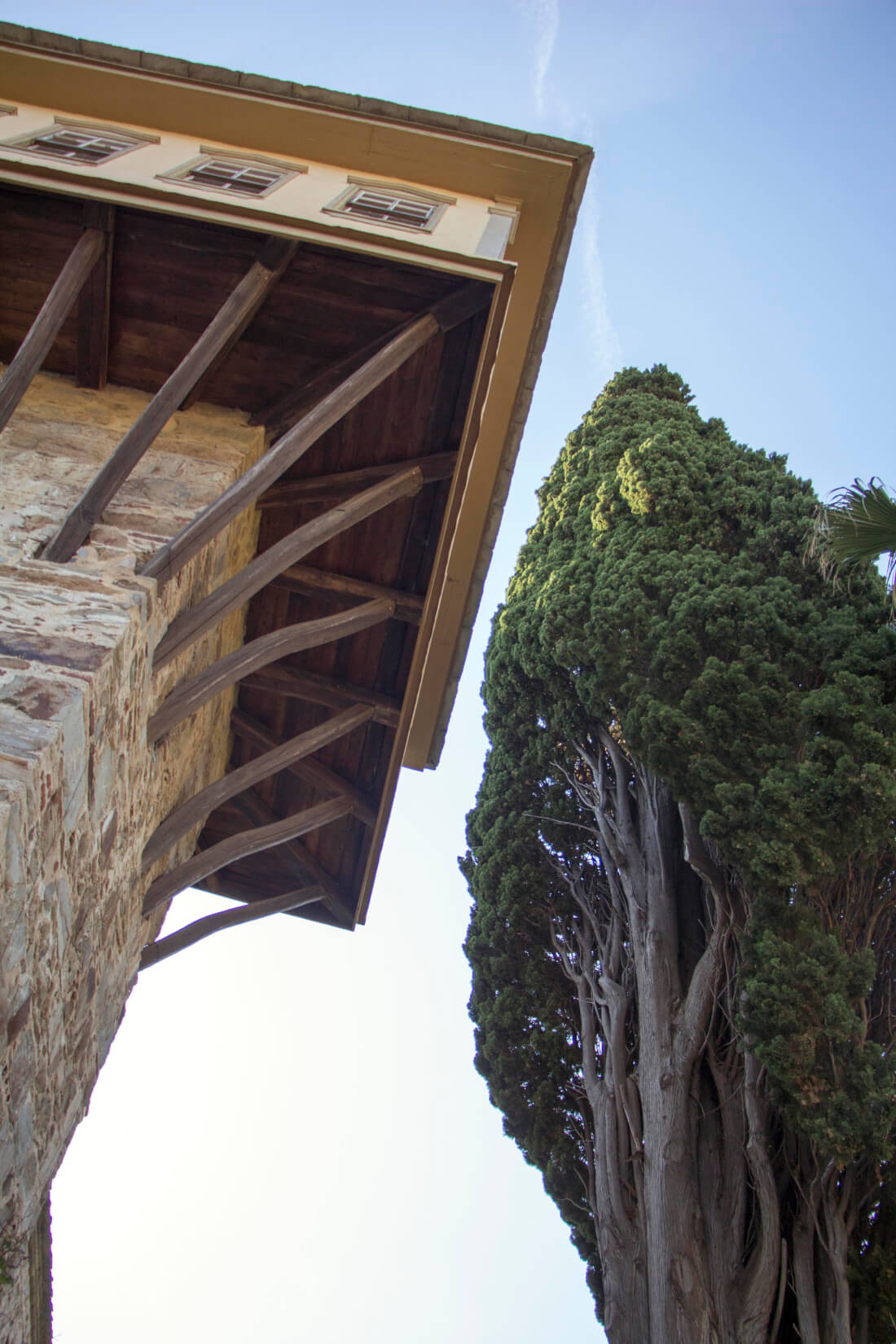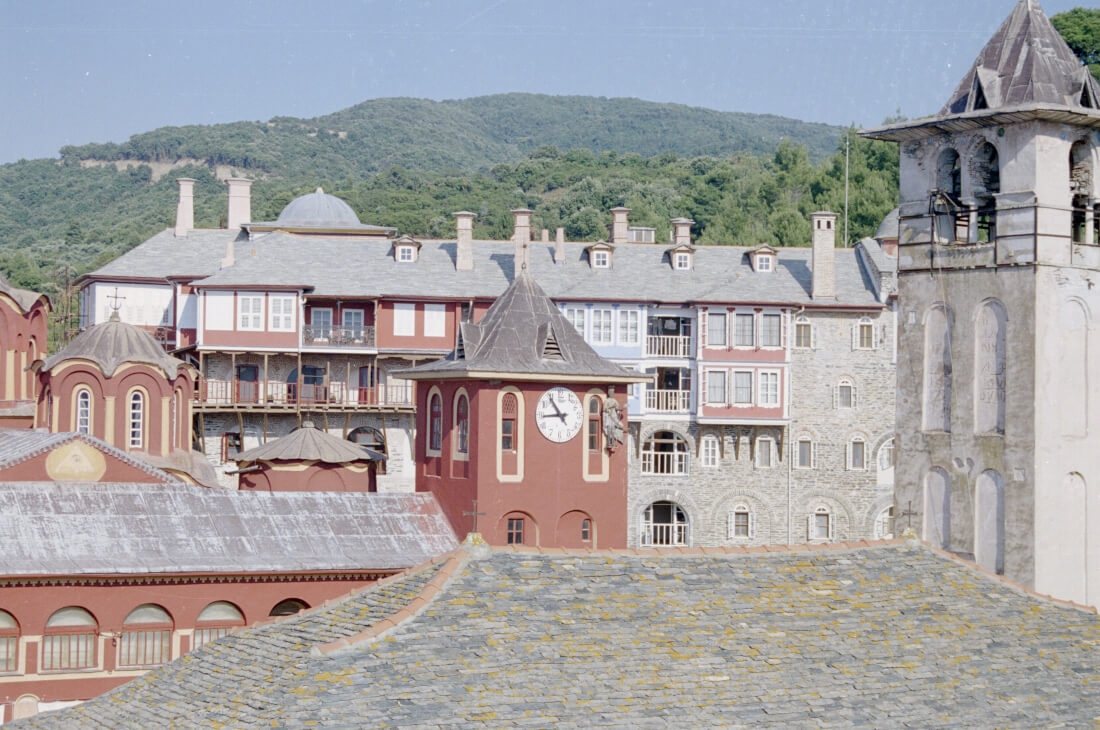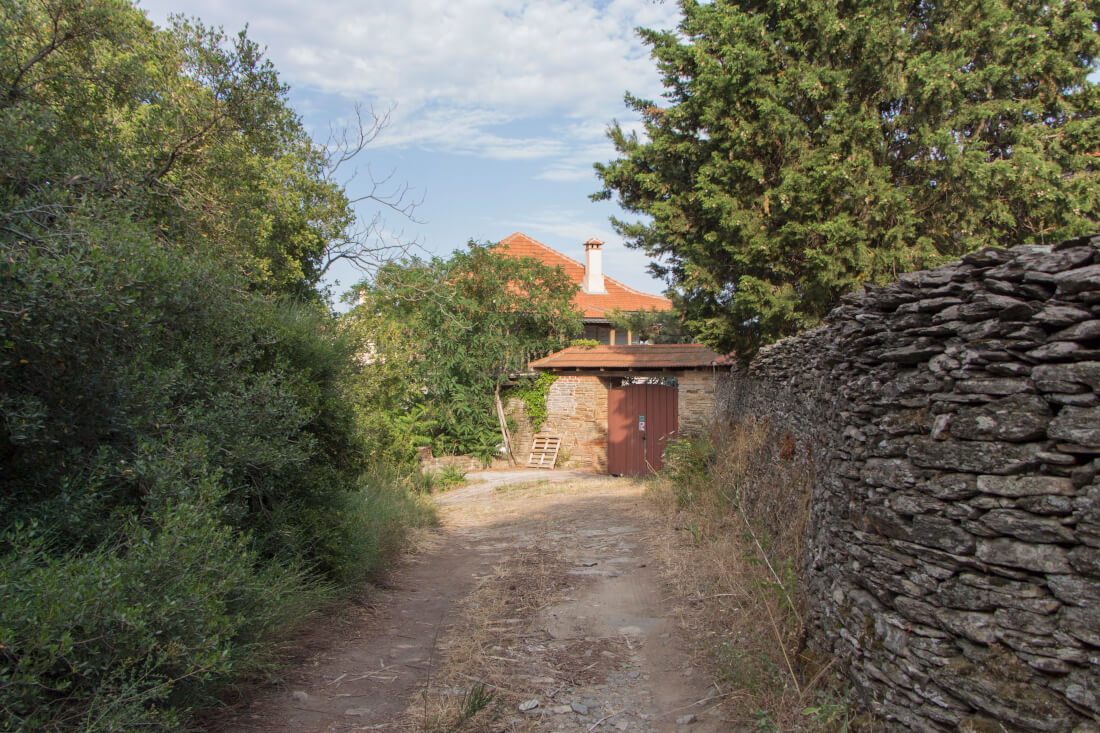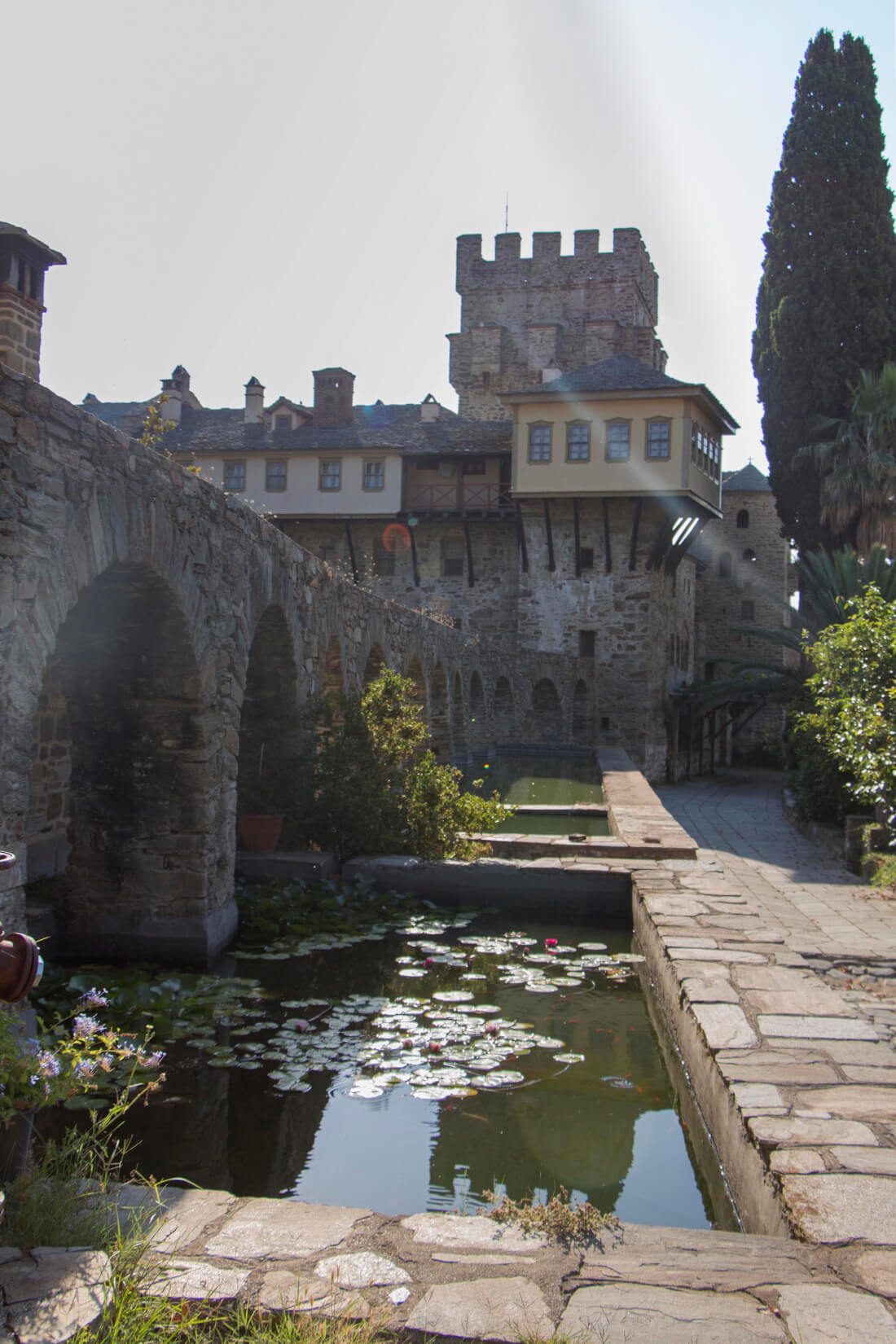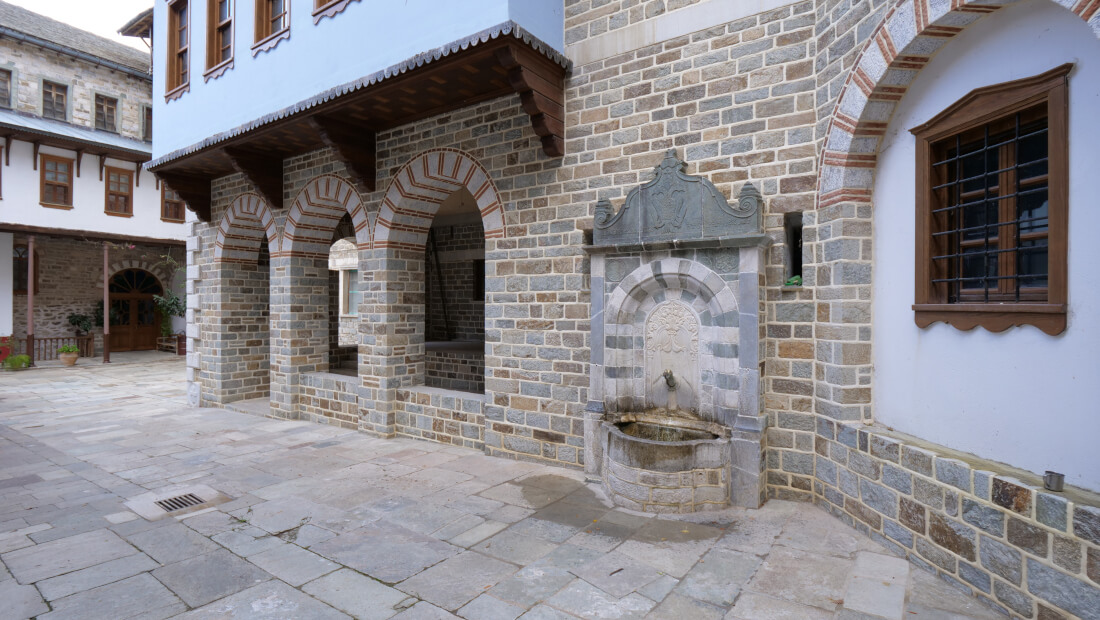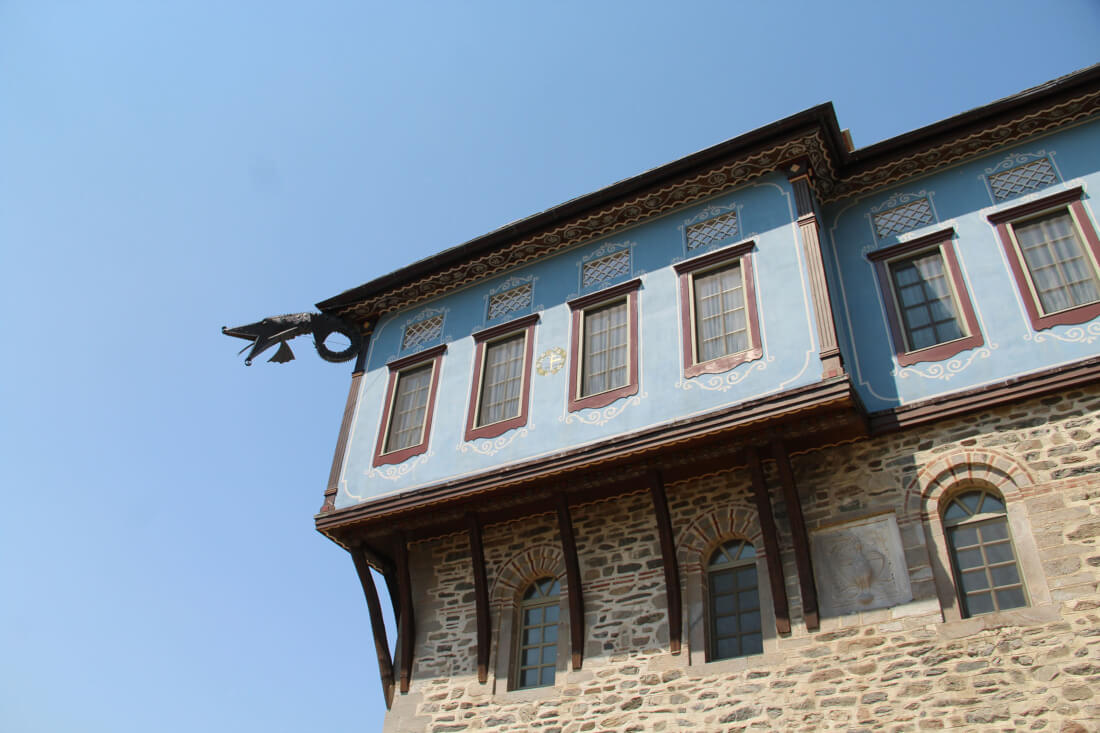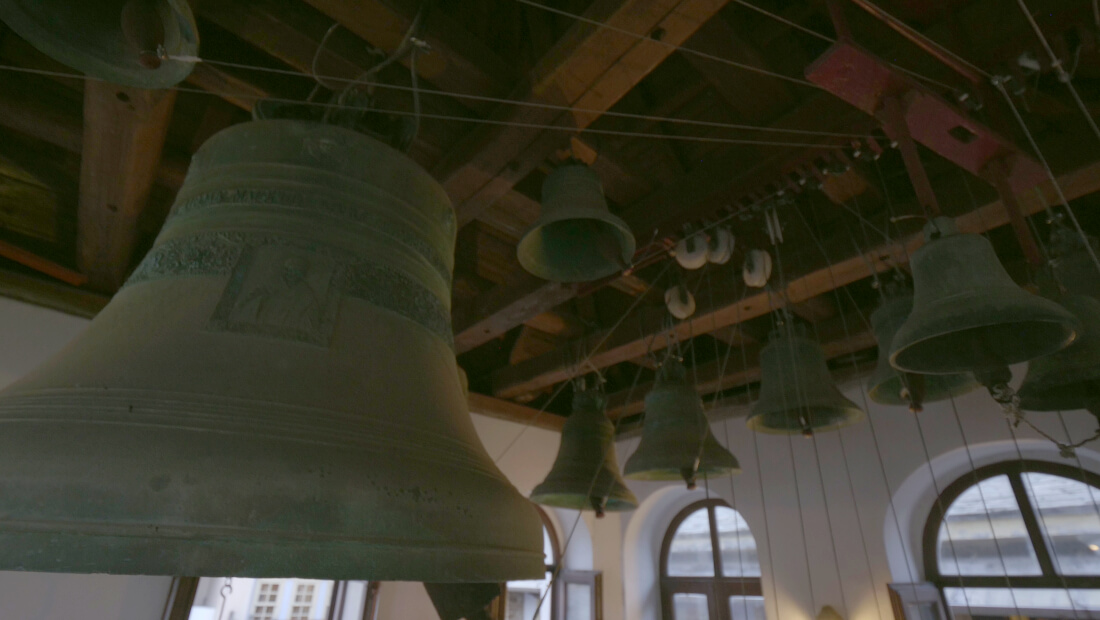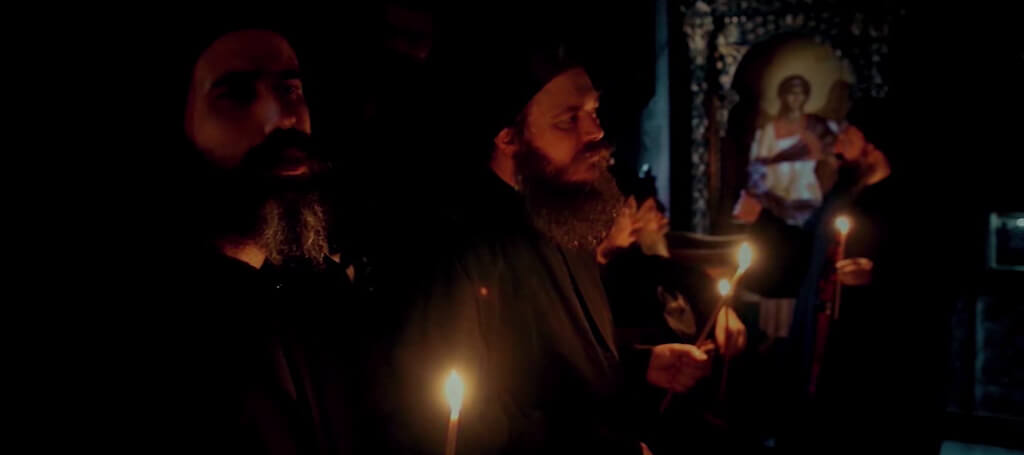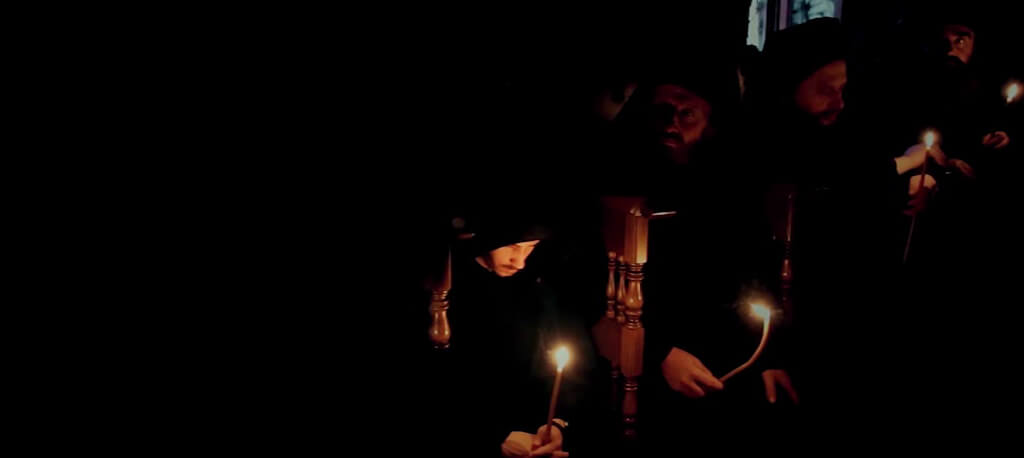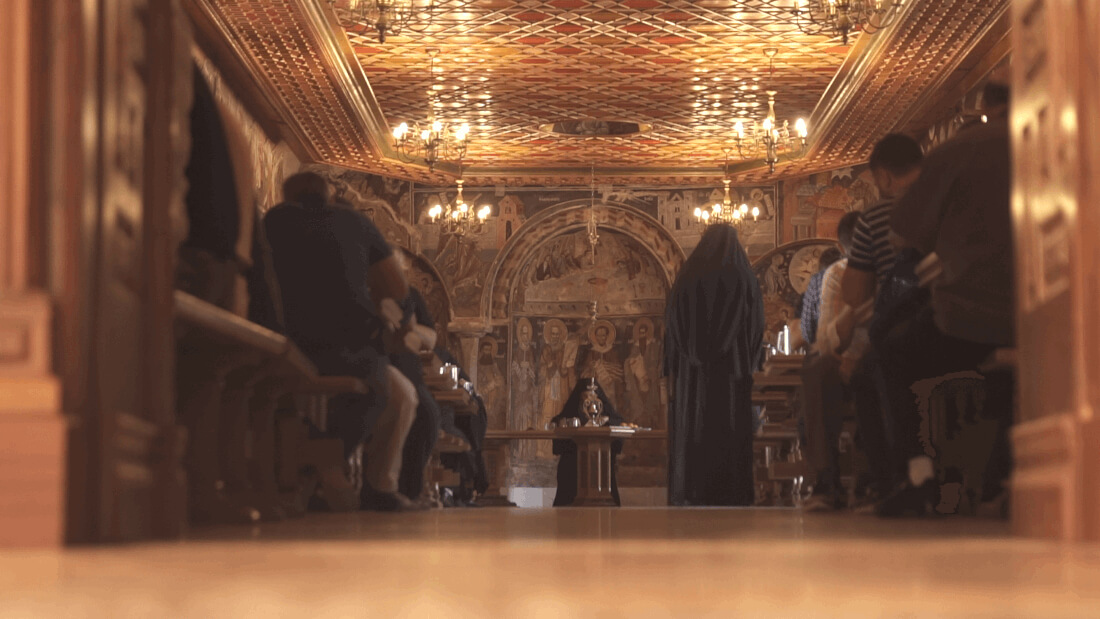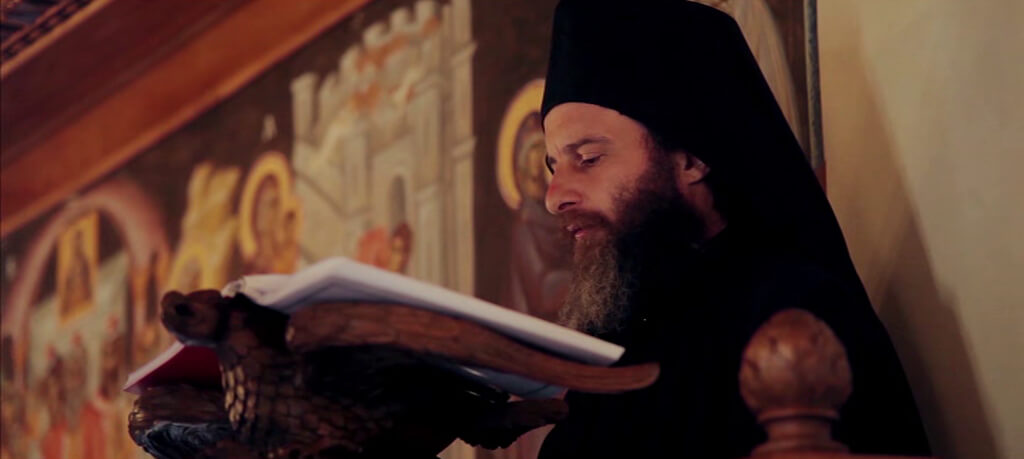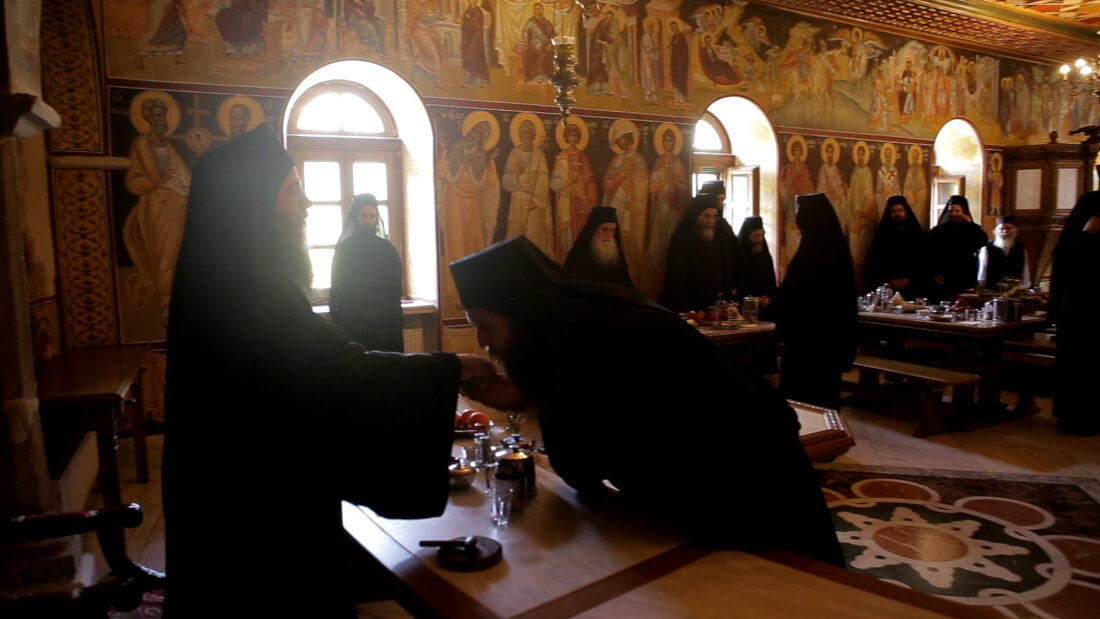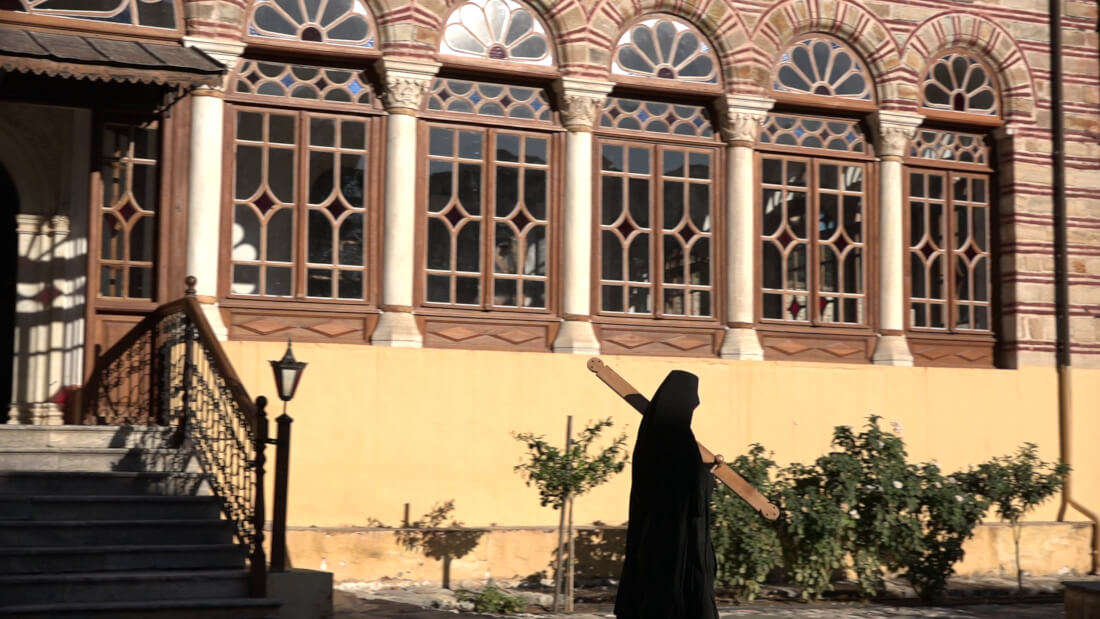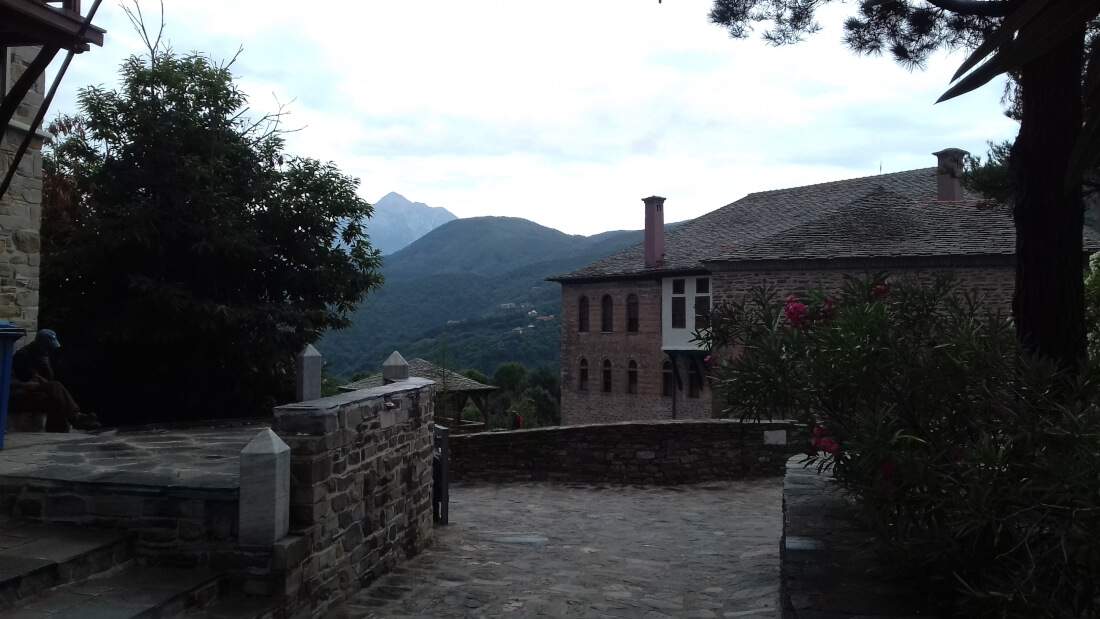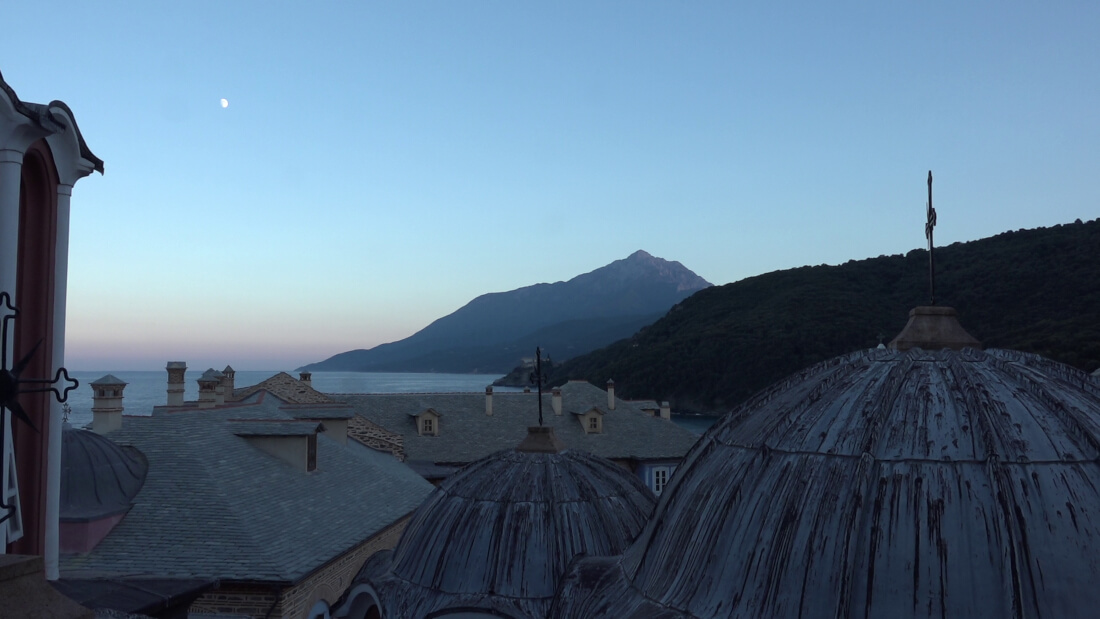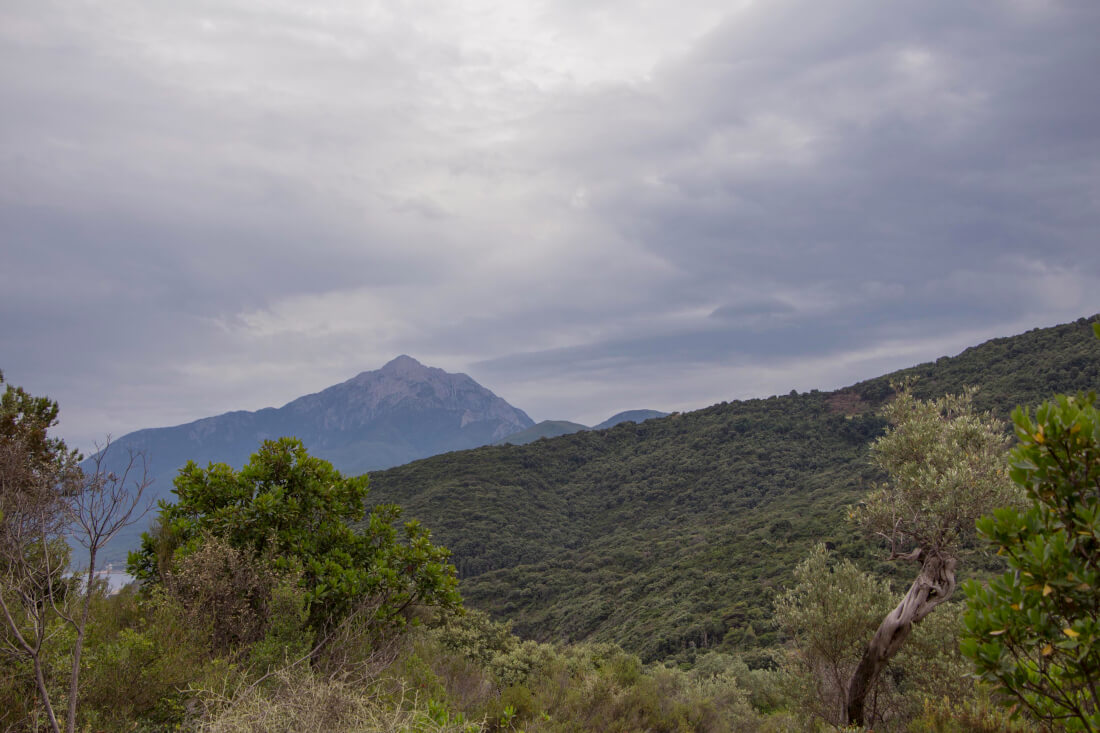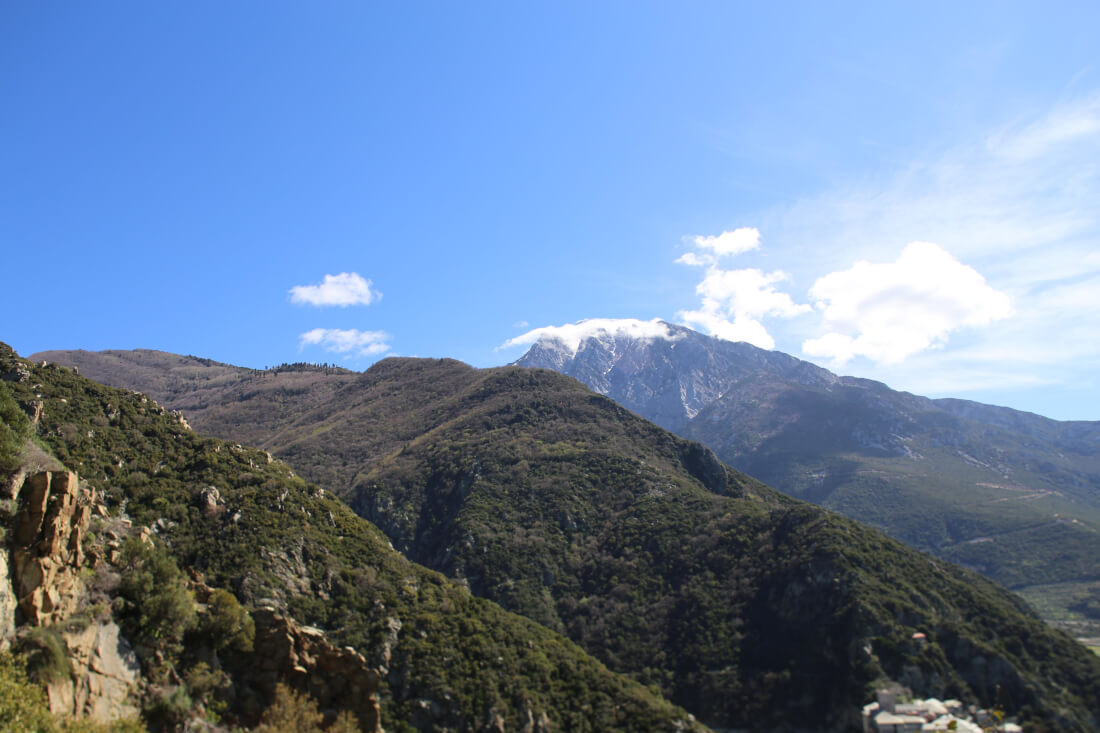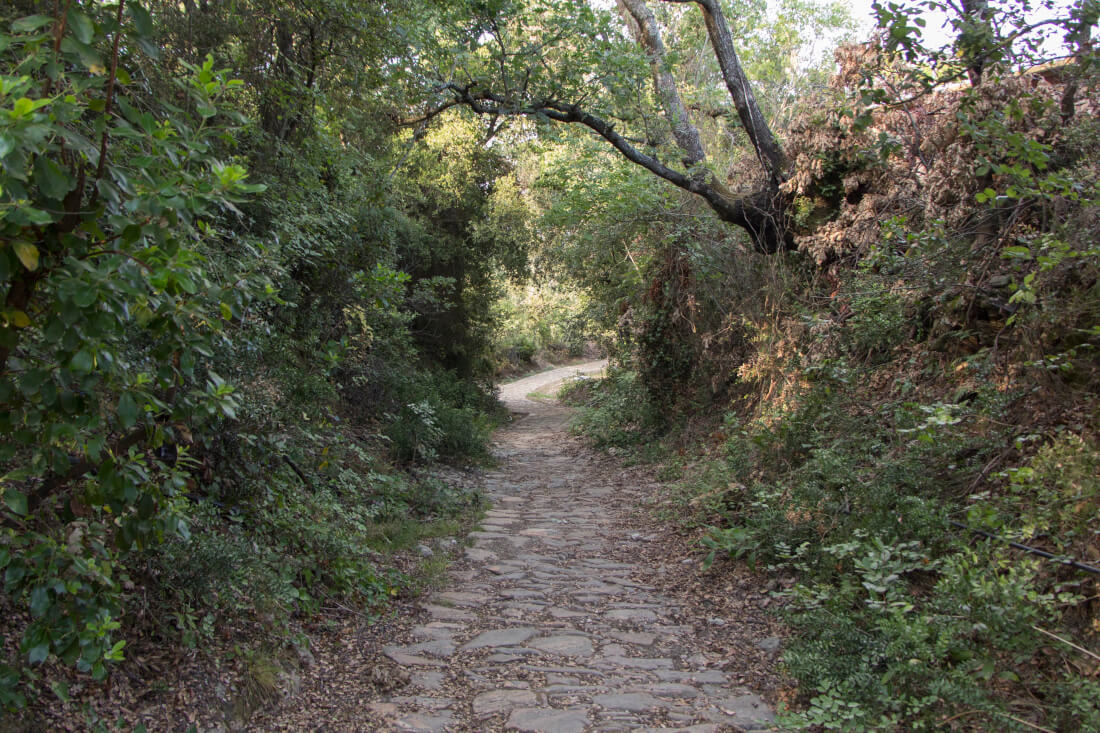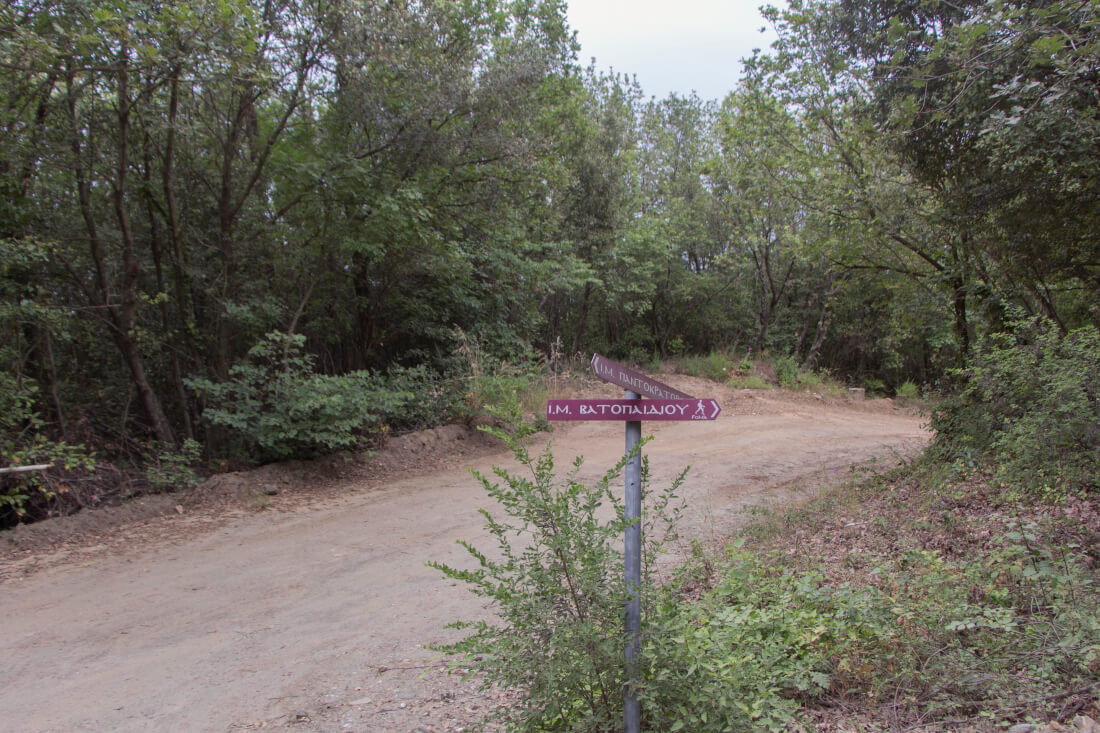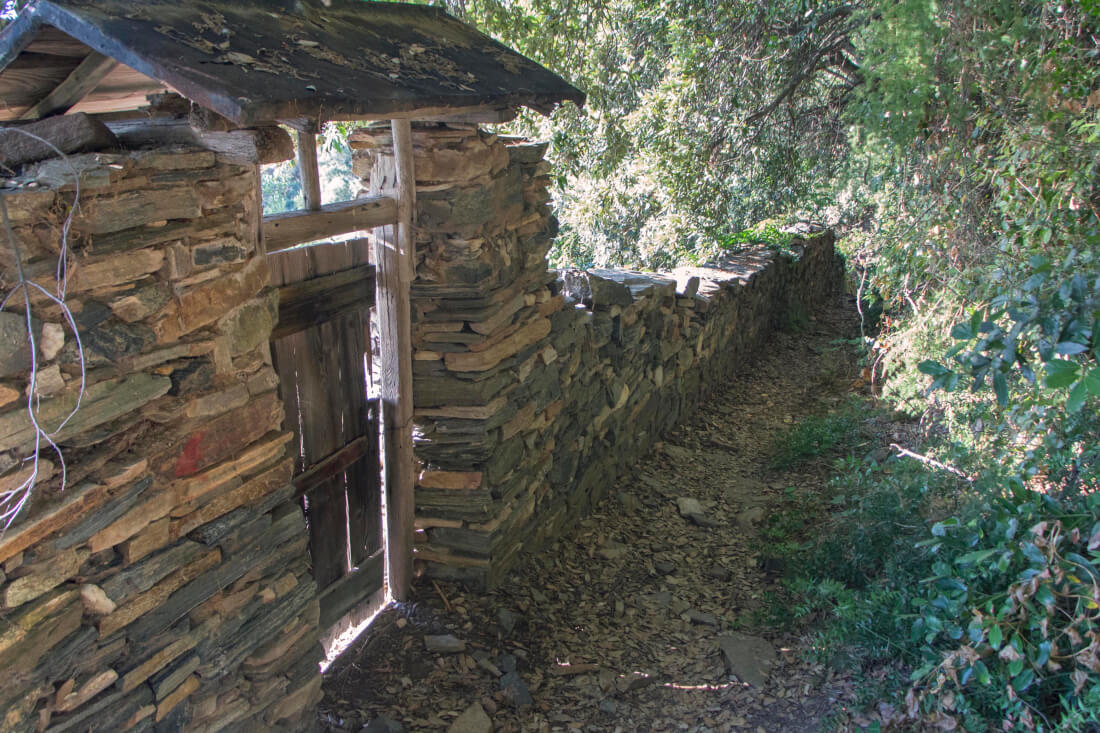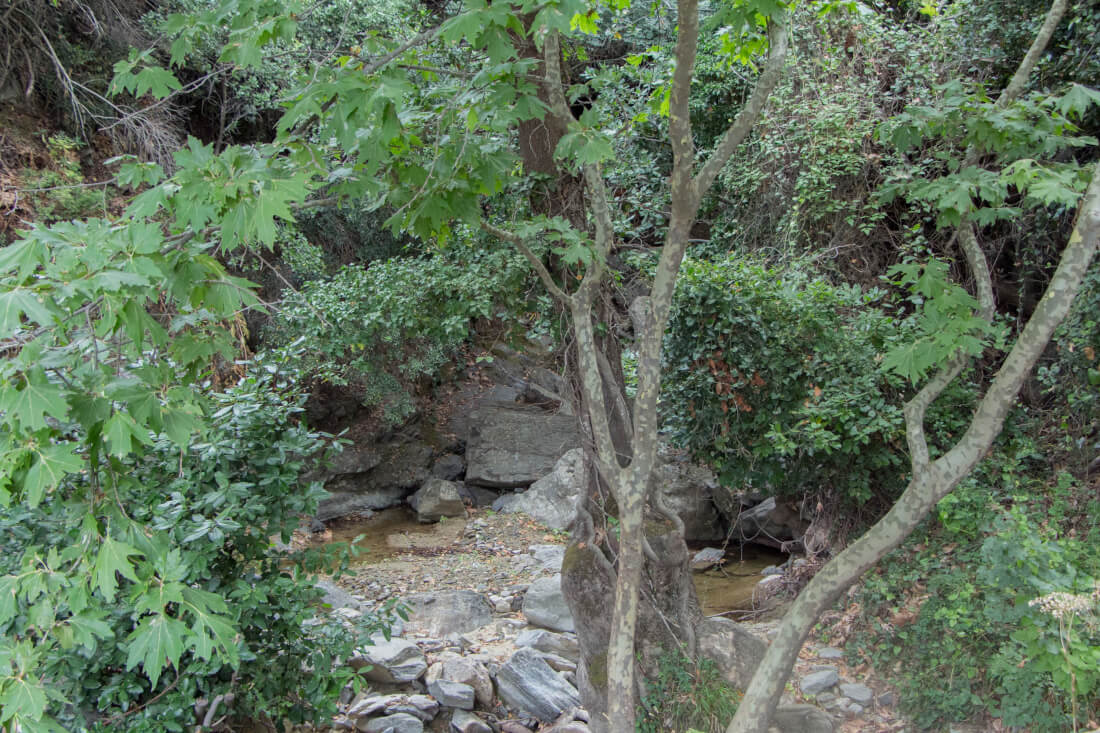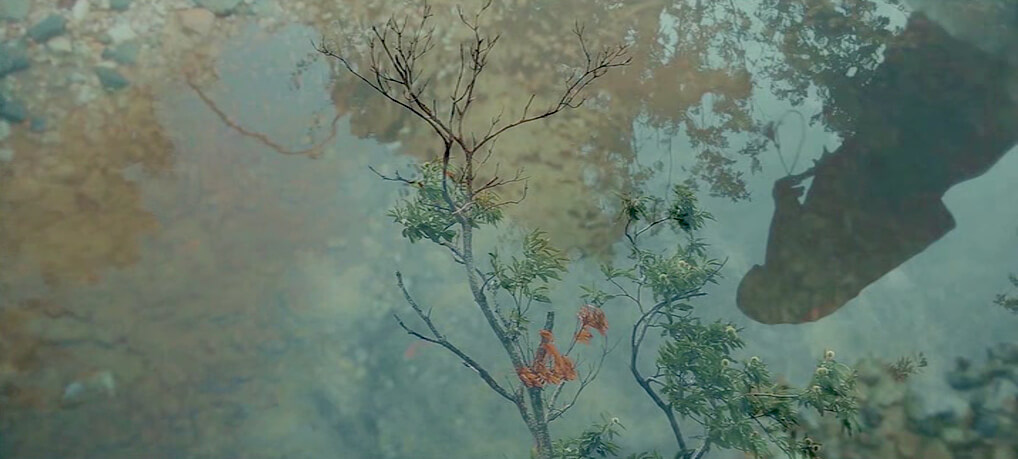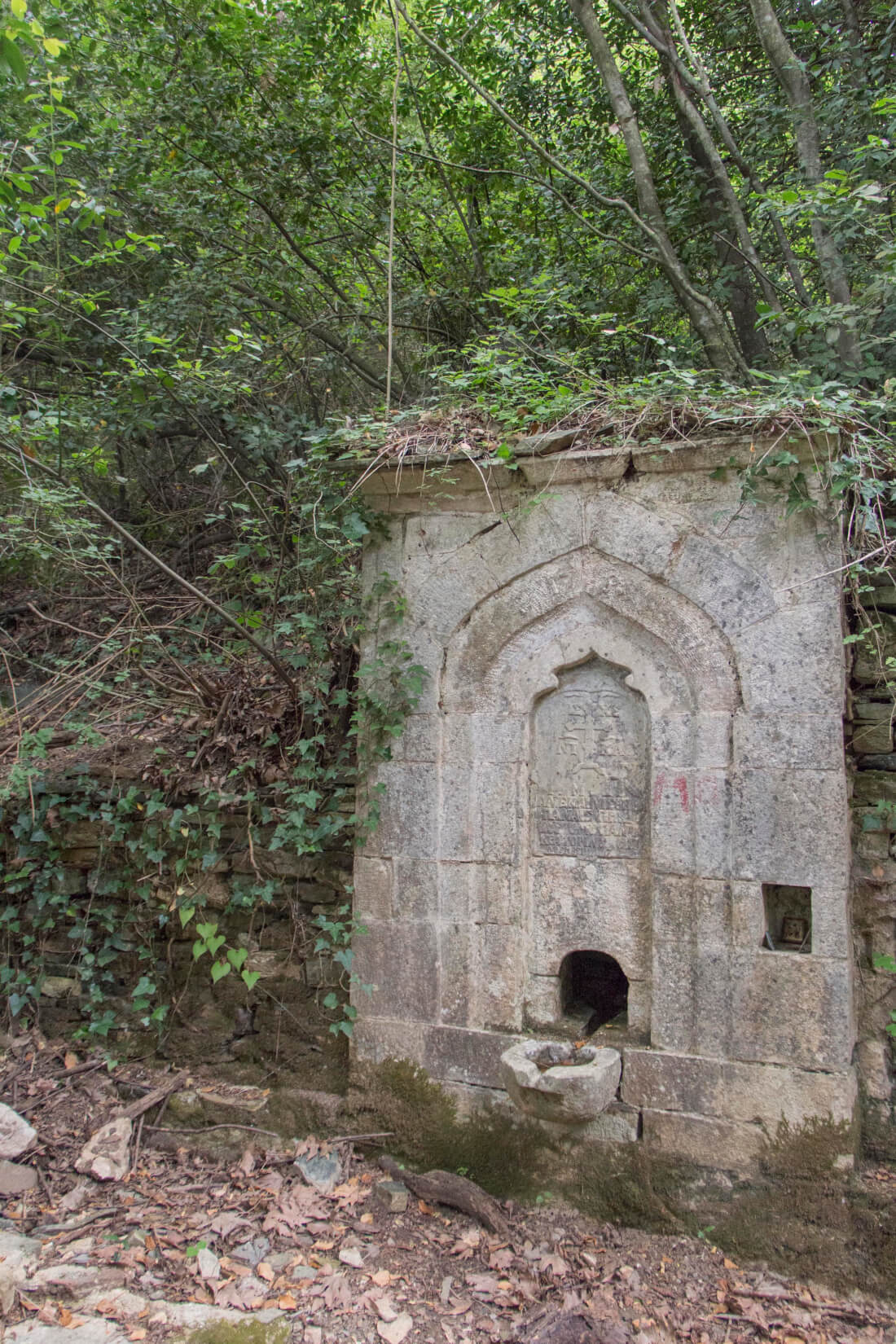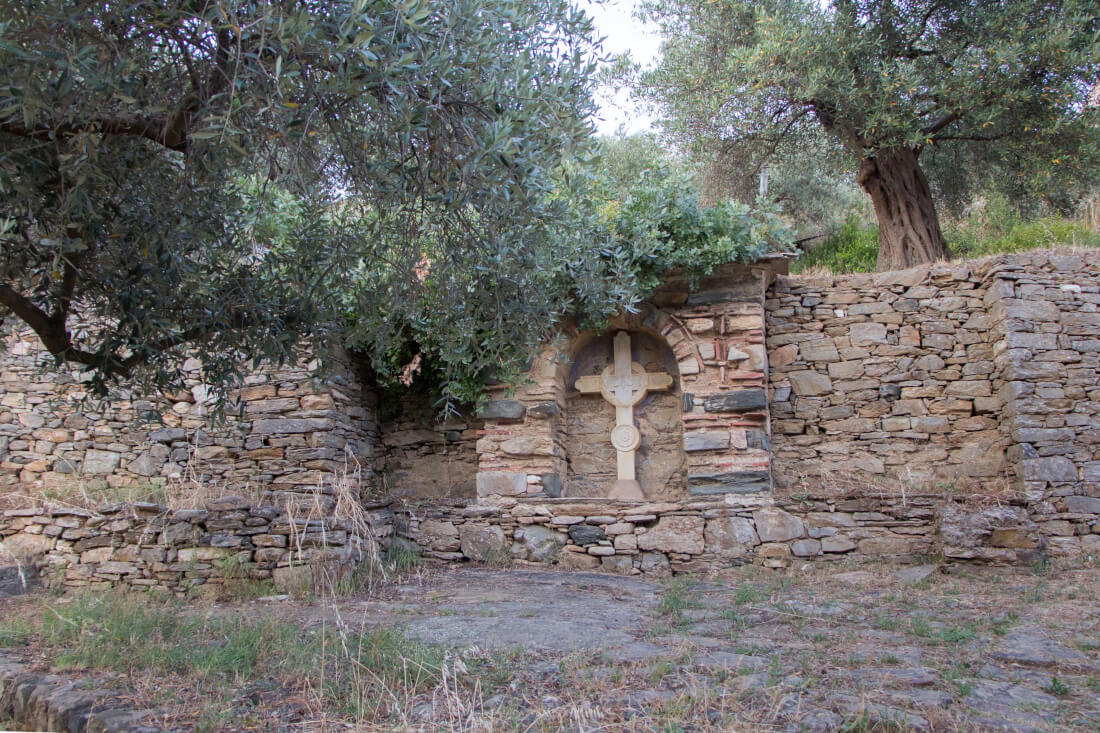Zacharias Papantoniou was born on February 2, 1877 in Karpenissi. At the age of thirteen, his family moved to Athens where he finished high school. At the age of sixteen he started to write for the "Acropolis" newspaper. Afterwards he worked as a political columnist, chronographer and author of artistic articles, collaborating with newspapers "Script", "Asty", "Efimerida ton Syzitiseon", "Chronos", "Tachydromos" and "Elefthero Vima". In 1911 he quits journalism and decides to pursue Public Administration. He is appointed Prefect of Zakynthos and later assumes the Prefecture of Cyclades, Messinia and Laconia. In 1918 he became Director of the National Gallery and subsequently Chairman of its Artistic Board, a position he held until his death. Later, in 1922 Zacharias Papantoniou was appointed professor of "Aesthetics and Art History" at the Technical School of Fine Arts until 1938, the year he was elected a member of the Academy of Athens. His work "Mount Athos" was published in 1934 and describes the author's journey to the monasteries of Athos in 1923 as part of his duties as Director of the National Gallery. There are three themes that the author is concerned with: art, nature and mysticism.
